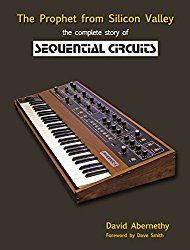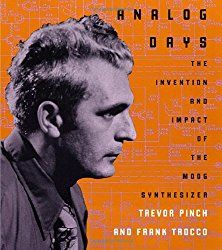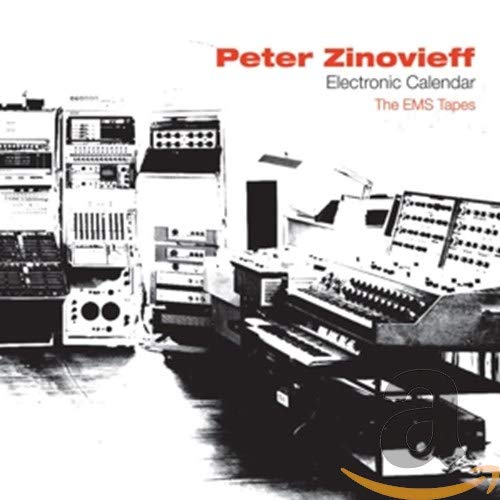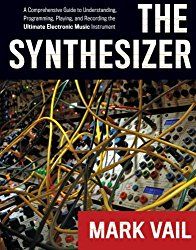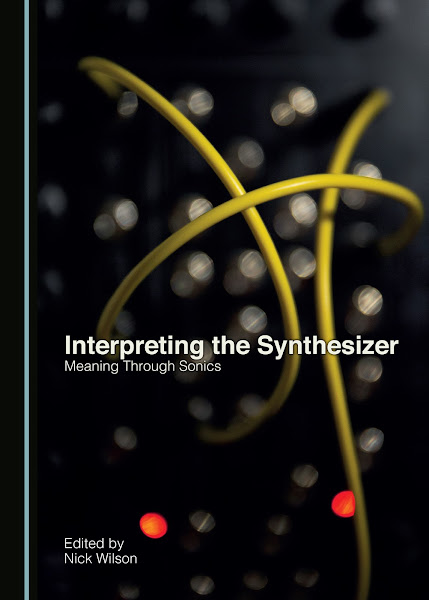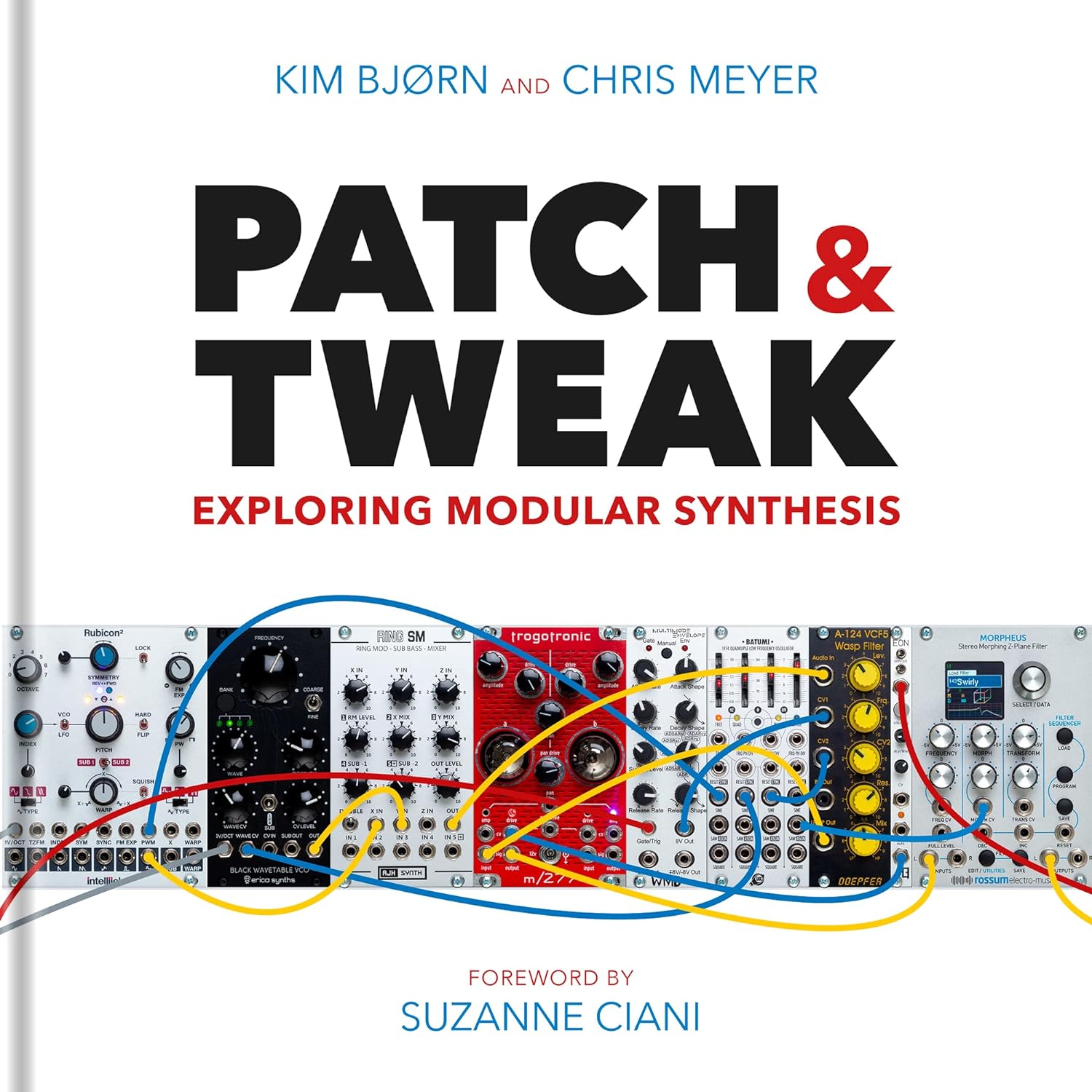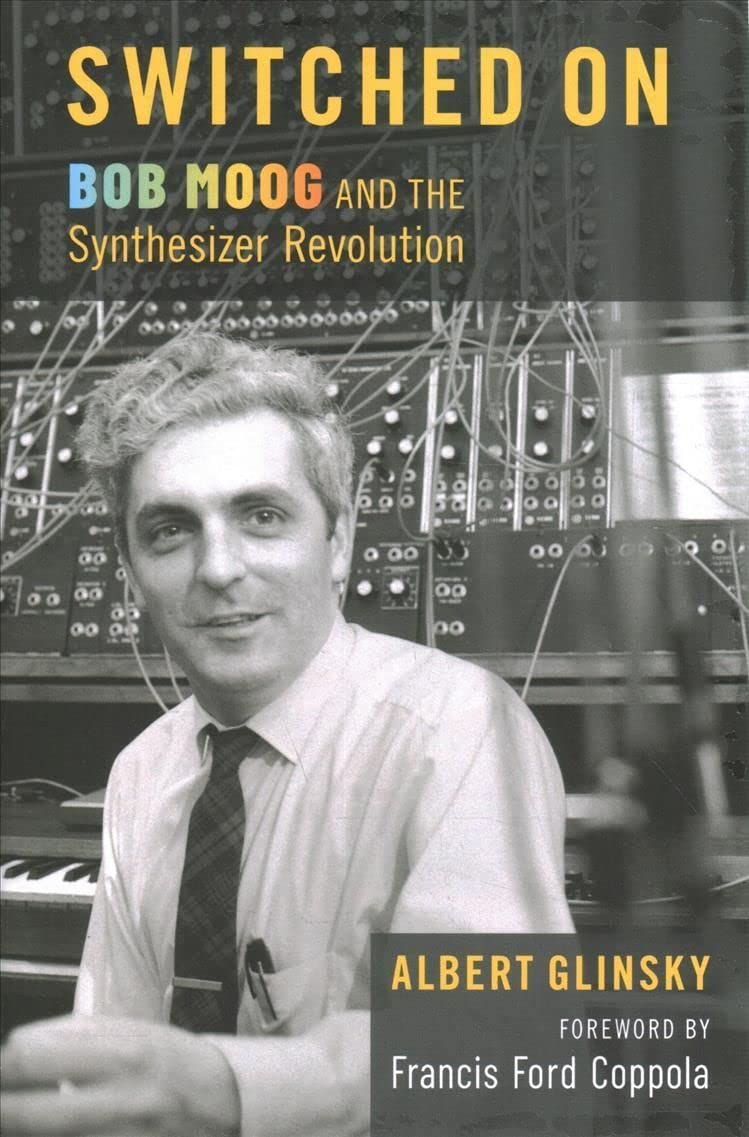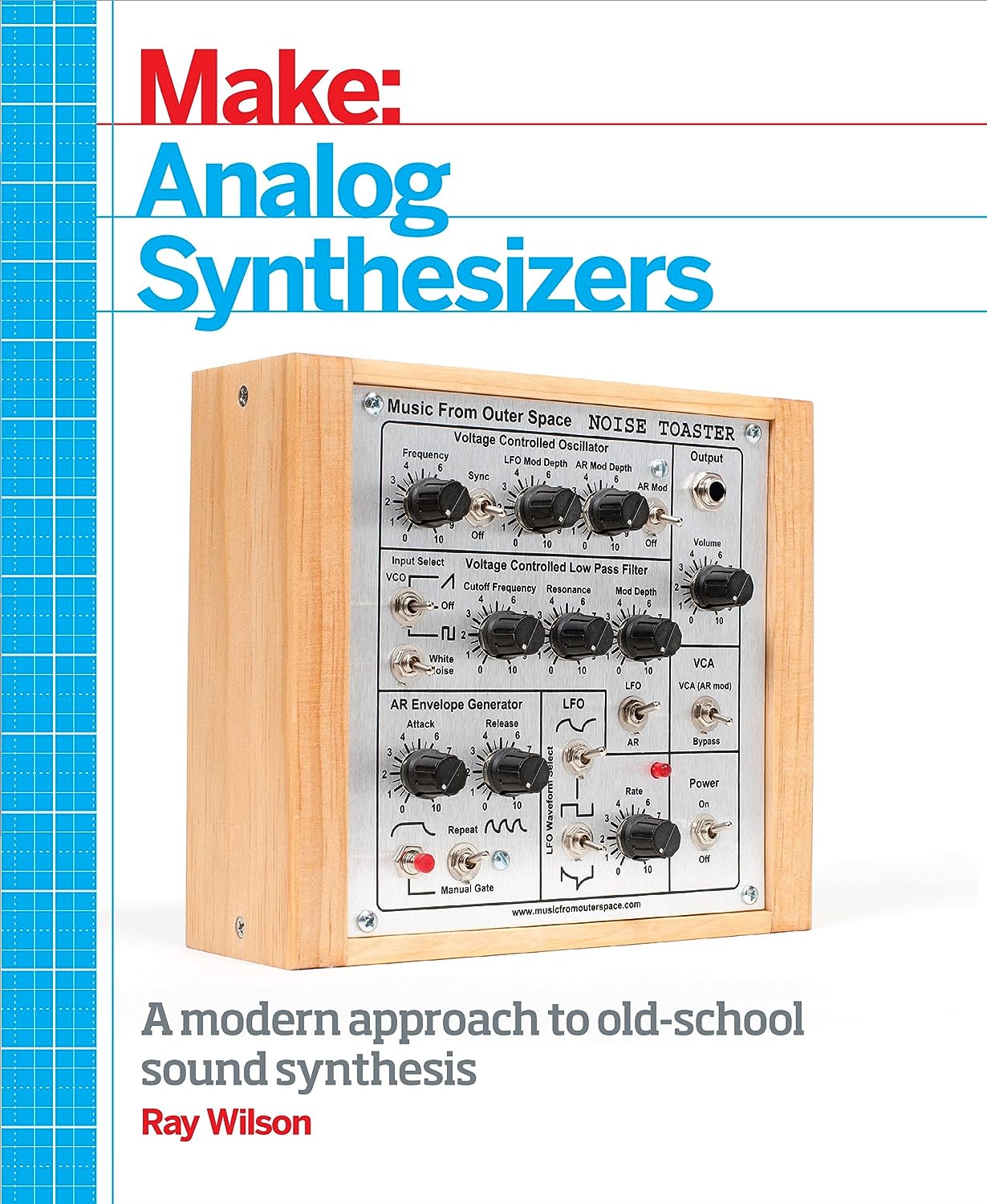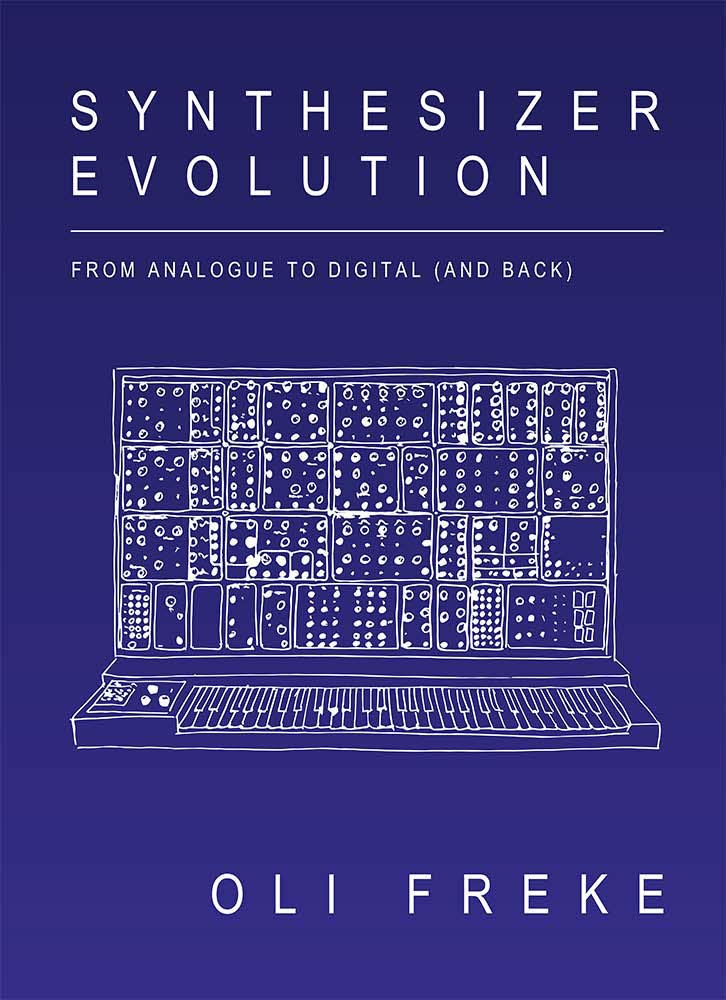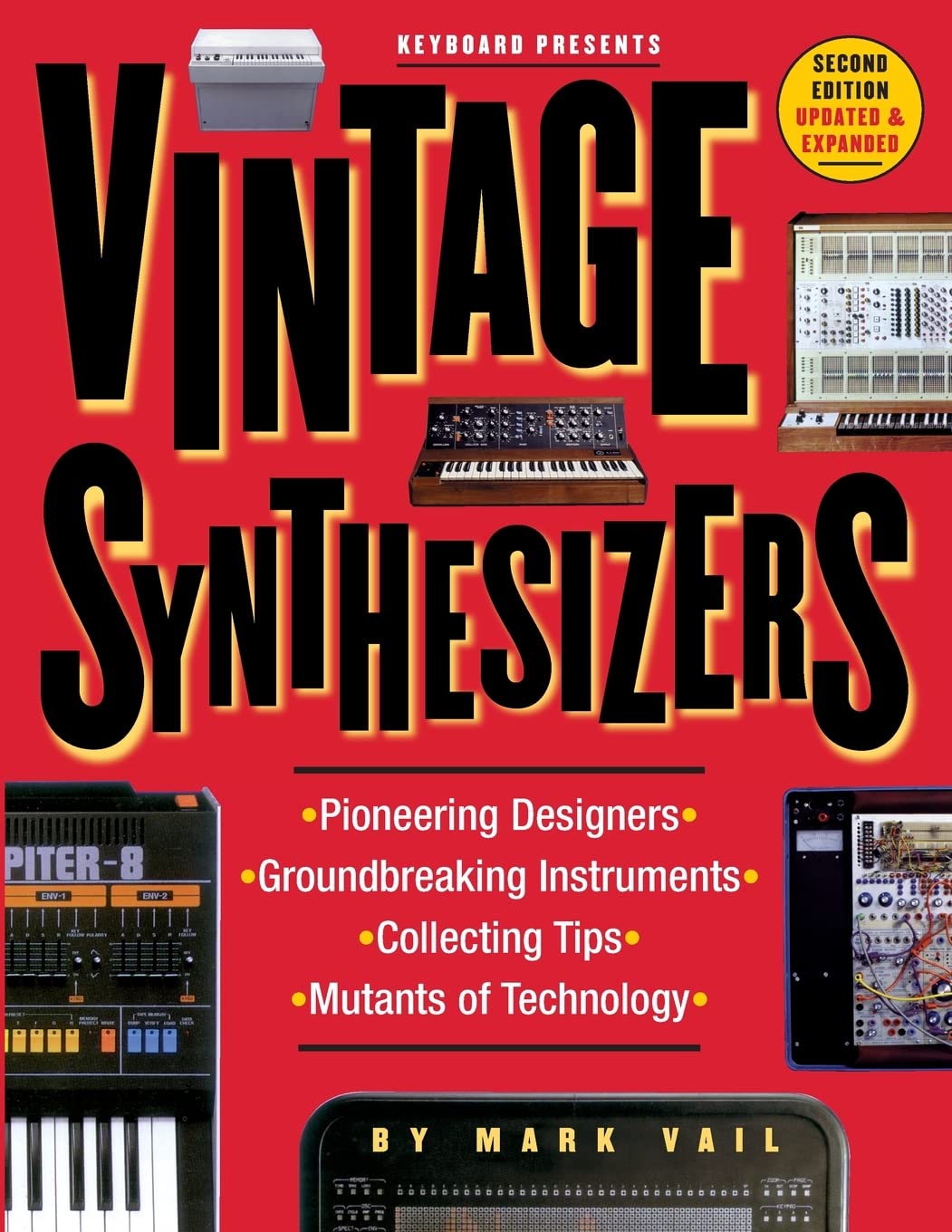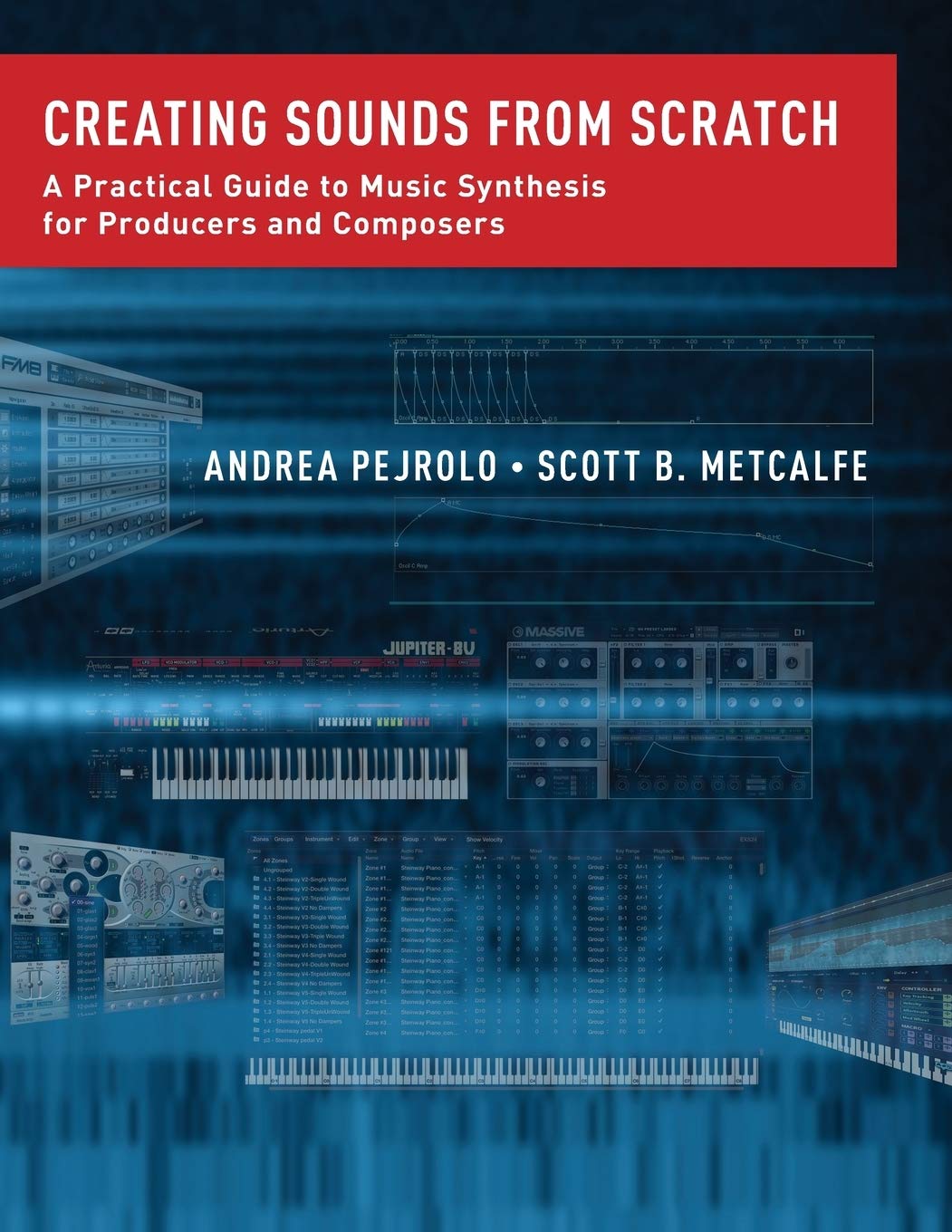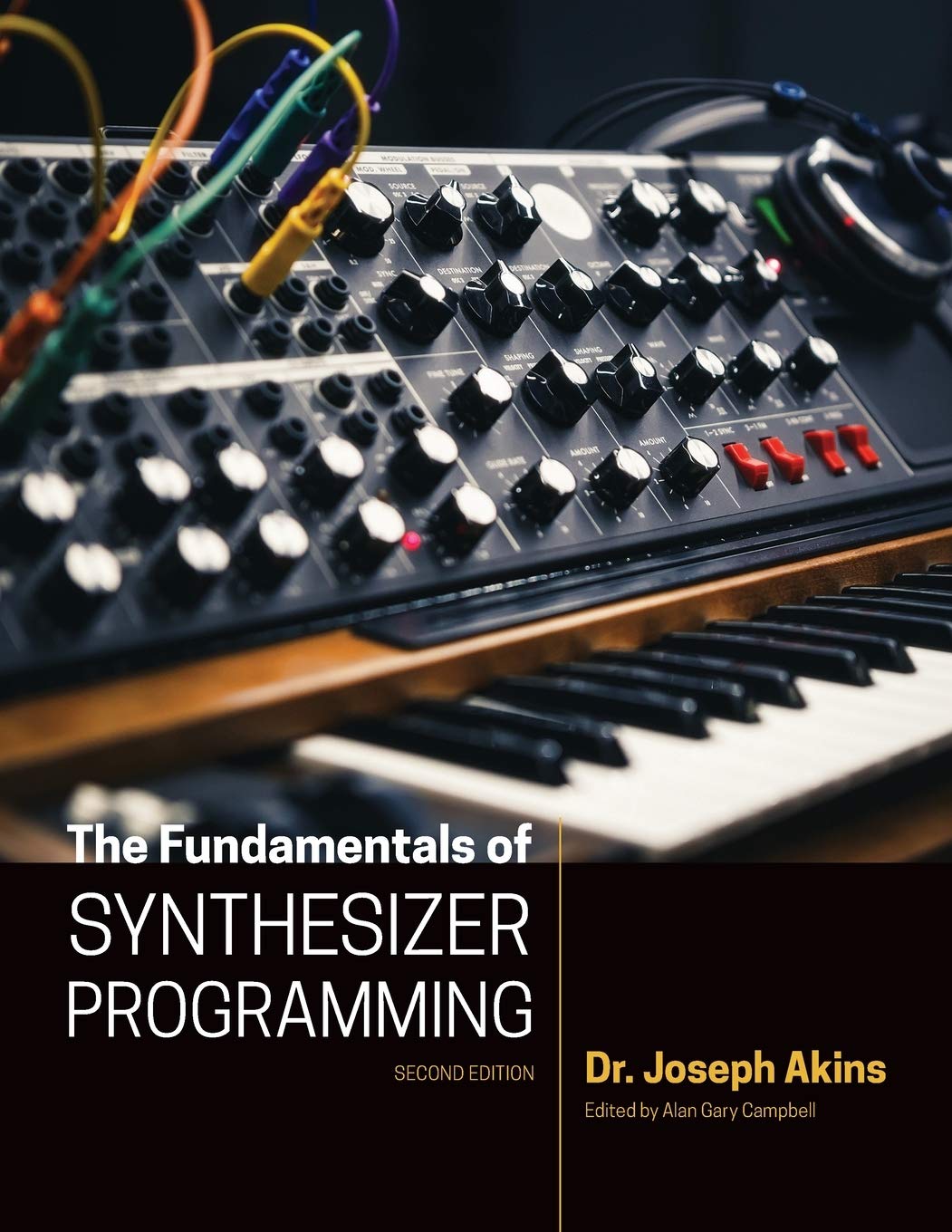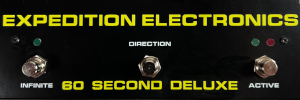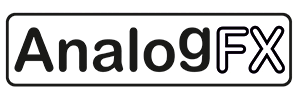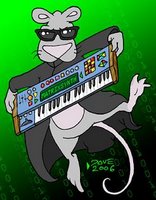via this auction
Videos at the auction previously posted here.
 "Let me introduce to you the Dwarf Star Synthesizer. A fully analog desktop synth. This is perfect for live performance, groovebox setups, and music production.
"Let me introduce to you the Dwarf Star Synthesizer. A fully analog desktop synth. This is perfect for live performance, groovebox setups, and music production. I revisited the idea of the all in one box. Many will remember I started my journey building a synthesizer called the 'nexus' many dwarf years ago.
I miss the experience of not having to patch and have a cable in the way for the most basic sessions. I especially miss the concept of the toggle switch.
I personally love melody and music production. That being said I designed this synthesizer for the professional who needs to finish those darn tracks!
The beginner is also at home with this synth. This is one of those boxes you will keep, even if it was your first.
 What does this do?
What does this do?This is an analog synthsizer that is plug and play. No need to buy or install into a
cabinet.
What do I need to play this with a keyboard?
The dwarf star synthesizer is fully analog. You need to own or purchase a Midi to CV
converter. The dwarf star synth uses the 1v/octave standard.
 Can I use the Dwarf Star Synth with other Analog synthesizers?
Can I use the Dwarf Star Synth with other Analog synthesizers?Yes, it is compatible with all euro format modules.
The dwarf star's 3.5mm jack outputs are -5v/+5v swing. So if your synth can handle those
voltages it should work. The dwarf star synth is designed to handle at max 0-10v input
control voltages. Normal CV use is rated at 0-5v input.
 Do I need to patch to get some audio going?
Do I need to patch to get some audio going?No patching is required to get audio going from the outputs. Knob positioning is required
however. I made a reference manual to get you started.
Is this the only one you will make?
The first run consists of 100 units. So if you need more, or you needed a replacement
unit, it will not be a problem.
 How did you build the inside of the synth?
How did you build the inside of the synth?The internal construction is using the latest build technique similar to arduino header
stacking. There is a giant control pcb board, and individual 'cards' for each analog
section. So in other words there is not a bunch of wires connected to potentiometers.
The dwarf star uses star configuration for powering up the individual cards. I use 0.156"
power connectors, not ribbon cable.
 I spent all this money and dam! The vco's modulate each other. I hate this! Do the vco's
I spent all this money and dam! The vco's modulate each other. I hate this! Do the vco's bleed and influence each other when nothing is even patched up?
No, careful electrical engineering was performed by myself. +10 years experience was put
into the dwarf star synthesizer's vco section. Each analog card section for example is
using reference voltages for the control knobs. Other Blue Lantern tricks of the trade
are being applied to each section. The vco section is using a triangle core and special
sync circuit. The sync circuit is quite strong, so when not in use, the sync knob should
be at '0'. Very small vco change is noticible if the sync knobs are turned up but nothing
is connected. During testing, this only happened when the vco's where in ultra high
frequencies, close to fully clockwise. But I say again, all you have to do is have the
sync knob to zero when sync patching is not in use, and the vco's don't move.
-----------------------------------------------------------------------------------------
The sections.
 You get the following:
You get the following:*Two Triangle Core VCO's using a discrete transistor array for triangle generation.
Bergfotron Advanced vco was the initial influence in the making of these vco's.
*Mixer section, with all basic waves mixable, no patching required. VCO 1 generates two
sub harmonic pulse frequencies. Will will not see this on any other analog desktop synth!
FAT SOUND.
*PPL VC NOISE GENERATOR. Remember the defender arcade game blast fx? Yup, you get this
inside. Large metal knob is your sweep to go from asteroids to white noise. You won't wee
this on any other analog desktop synth.
*Cool Audio v2164 Chip 12db Analog Filter. You get a superior quad vca based analog
filter. This particular filter is mixable so that you get lowpass, band pass, high pass,
notch, and all pass. I added the blue lantern touch and allow the user to select
capacitors for the filtering, you get 470pf and 120pf. You also get a diode limiter to
control extreme settings. Again, you will not see a filter like this on any current
desktop synth. The mixer section and filter go hand and hand. The mixer section will
saturate the filter if level knobs are close to fully clockwise. So you get an extreme
and soft soound pallete.
*Linear based Envelope Generators. You get two. These are analog, and have individual
loop lfo's for each. I added a timing capacitor switch to allow for short or long
envelopes. One envelope is hard wired to the filter, and the other is hard wired to twin,
stereo vca's.
*Cool Audio v2164 Chip twin VCA's. You get stereo output. Each vca gate knob is
individually controllable. There is a 3.5mm jack to patch up a rotor stereo effect. This
will allow a left, right, left, right panning effect for example. The output on the vca
section also contains a synth level to line level converter.
*VCLFO #1. This lfo is OTA LM13700 based and has a triangle core. The cv section has
exponential cv and a special linear cv section. The linear cv section is my pride and joy
circuit. It allows for arpeggio like cresendos when patched with another lfo.
*Skew LFO #2. This lfo does not have voltage control and is basic. It is similar to the
MS20 lfo in design. You get a triangle shaper with output, and pulse width output.
*Sample and Hold. This sample and hold uses the Skew LFO for the clock. You need to patch
something to the input jack and patch the output jack to something else to use it. So
this section is 'free floating'.
*Stereo 'Vintage' Sounding Delay. This is using twin PT2399 chips to simulate BBD chips
to make cool delay trails. Each control has CV inputs.
The 1/4" jack outputs are not balanced, they are Tip and Ring format (TR)."




















